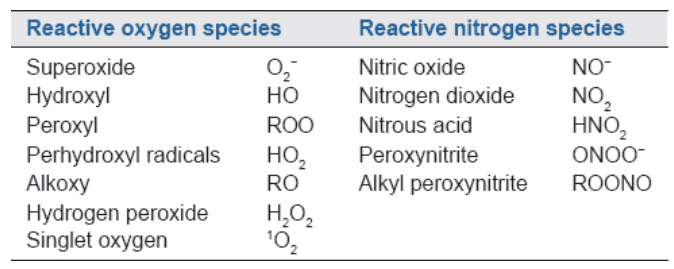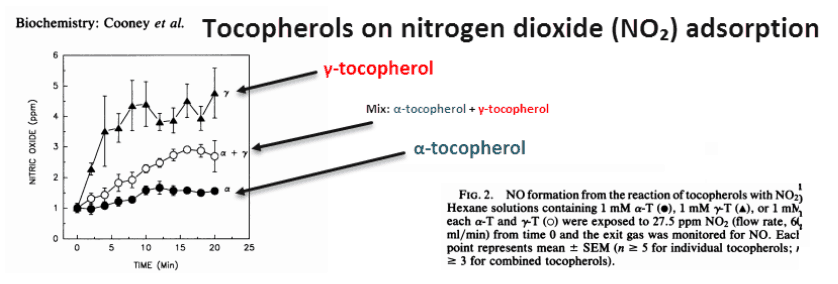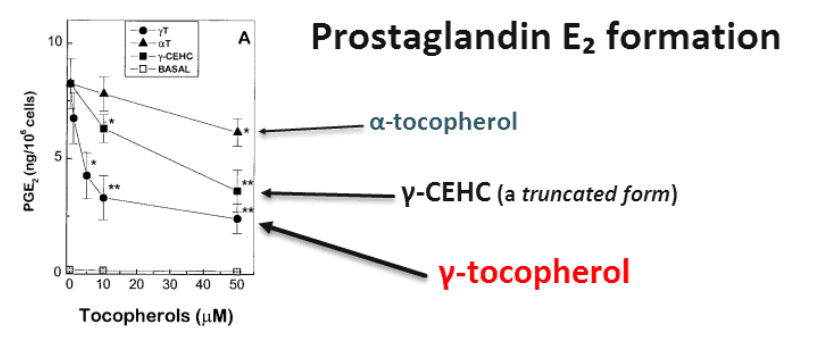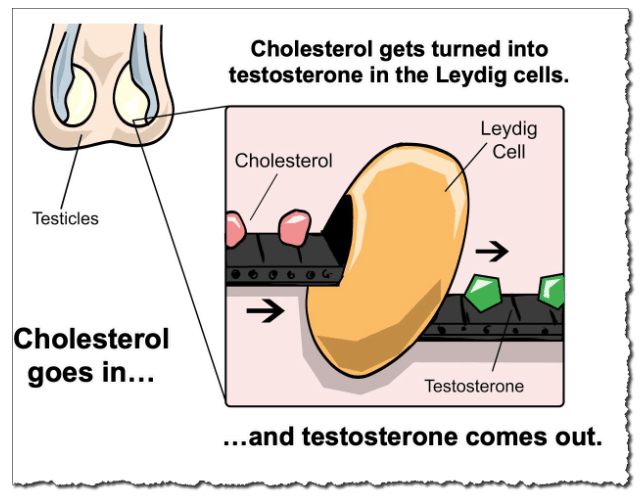
[cmamad id=”23420″ align=”center” tabid=”display-desktop” mobid=”display-desktop” stg=””]
Here’s why nitric oxide is one of the worst things men can have in their bloodstream – and here’s how to get rid of it naturally…
—-Important Message—-
This simple solo activity banishes performance anxiety for good
Believe it or not, all it takes is one bad erection experience for men to develop performance anxiety.
It hits men like a speeding bullet, right in the brain.
And then performance anxiety hangs around, giving men even more problems with sexual performance.
But I’ve discovered a simple solo activity that resets men’s brains and banishes performance anxiety for good.
It works by strengthening the erection signals sent from the brain to the penis – so erections are always strong and long-lasting.
So men never have to worry about poor sexual performance ever again.

———-
This will make a lot of men really mad…
One of the worst things you can have in your blood is nitric oxide.
Nitric oxide is a free radical. And, as such, it can initiate a lipid peroxidation chain reaction.
Nitric oxide is normally produced in small amounts by enzymes in the walls of our blood vessels.

But in times of infection, a very similar nitric-oxide-producing enzyme (iNOS) can be induced anywhere.
This occurs especially in macrophages (white blood cells that work for the immune system).
Macrophages use iNOS to destroy pathogens with nitric oxide free radicals – and also with hydrogen peroxide.
But sometimes the body gets confused and thinks an immunogenic food protein – such as gluten or a soy peptide – is actually an invader.
The body has no way of knowing where any particular foreign protein came from or what species it’s derived from…
Just the same, the body releases cytokines (peptides involved in cell signaling) in every case.
Two main cytokines, tumor necrosis factor alpha (TNFa) and interleukin 1 beta (IL-1B), are responsible for inducing nitric oxide synthase in every cell they come in contact with.
Most cytokines are like long-distance signaling hormones for inflammation.
And it gets even worse than lipid peroxidation:
Nitric oxide has even been shown to create prostaglandins – literally.
[cmamad id=”23421″ align=”center” tabid=”display-desktop” mobid=”display-desktop” stg=””]
The two connected oxygens characteristic of prostaglandin H2 – the precursor of all other prostaglandins – actually derive from peroxynitrite, which in turn comes exclusively from nitric oxide:

Though it is often overlooked, this has actually been proven without a doubt.
And it’s through the formation of prostaglandin E2 that we best understand that nitric oxide initiates cancer.
But there is something we can do about this – besides just avoiding immunogenic proteins.
There’s a type of vitamin E that effectively traps nitric oxide.
We all know vitamin E is good – it effectively prevents lipid peroxidation.
But there are actually four subtypes of Vitamin E (alpha-tocopherol, beta-tocopherol, gamma-tocopherol, delta-tocopherol).

And the one most commonly sold as “vitamin E” is alpha-tocopherol – which cannot detoxify nitric oxide at all.
And it can even displace the forms of vitamin E that can do that.
So a bit of discernment is required when buying “vitamin E.”
The ability of gamma-tocopherol to trap nitric oxide was first proven about 25 years ago:

Up to this point, nobody could even begin to account for a few anomalous findings, such as how gamma-tocopherol was so consistently associated with lower rates of cancer.
For example, the lung cancer rate is 10 to 20% lower in Fiji than it is in Cook Islands – two populations that are very similar in all other respects.
The only noticeable difference between the two populations is the blood concentration of gamma-tocopherol.
This is the primary reason why Cooney, the lead scientist of this study, decided to investigate further.
“At present, there is no mechanistic explanation for any unique biological or chemical properties of gamma-tocopherol, compared to alpha-tocopherol, that might account for either its presence in seed oils or its association with cancer.”
He then simply put either alpha-tocopherol or gamma-tocopherol into hexane and bubbled nitrogen dioxide (NO2) through the solution.
After checking the results, it became apparent that gamma-tocopherol (γ-tocopherol) can remove NO2 and alpha-tocopherol (α-tocopherol) cannot.

This can help explain why “vitamin E” supplementation hadn’t always lived up to expectations.
Most studies, past and present, use alpha-tocopherol only.
Exactly how alpha-tocopherol had come to be known as “the” vitamin E was really just chance, or how history just happened to play out.
In the 1940s, they discovered that alpha-tocopherol was more effective in “fetal rat absorption assays.”
But this is just one biological effect…
There is no obvious reason why we should assume that what’s best for a female rat’s fertility equates to the best all-around vitamin E subtype.
Especially considering gamma-tocopherol’s unique ability to trap reactive nitrogen species.
And it’s not just nitric oxide and nitrogen dioxide.
Gamma-tocopherol can trap the powerful peroxynitrite species as well, the same species that helps to create prostaglandins:

Five years later, other chemists took it upon themselves to determine exactly what was going on with this.
And they did so using a different reactive nitrogen type, peroxynitrite – which was not previously tested by Cooney.
This is important: Peroxynitrite ⟶ prostaglandins.
They found that gamma-tocopherol prevented lipid peroxidation to a greater extent than alpha-tocopherol did, after the cell membrane was perfused with peroxynitrite:

And they even went so far as to determine exactly what was formed that made this happen – the product was mainly 5-nitro-gamma-tocopherol.
So gamma-tocopherol really is like a nitric oxide sponge.

This constant reactive nitrogen detoxification helps to explain why gamma-tocopherol has a higher turnover rate than alpha-tocopherol.
Gamma-tocopherol is constantly soaking up excessive nitric oxide, protecting proteins and DNA from reactive nitrogen free radicals, and is then excreted in the urine with its trapped nitro group.
Here are some fun tocopherol facts:
- Smokers have lower gamma-tocopherol levels due to inhaled nitric oxide
- Too much alpha-tocopherol can actually displace the equally important gamma-tocopherol
And we do need both.
“These results suggest that despite alpha-tocopherol’s action as an antioxidant, gamma-tocopherol is required to effectively remove the peroxynitrite-derived nitrating species.”
Supplementation with gamma-tocopherol can increase blood levels sixfold, protecting the arteries against reactive-nitrogen-induced lipid peroxidation and prostaglandin formation.
And supplementing alpha-tocopherol by itself can decrease blood gamma-tocopherol concentrations by half.
This lowering of the reactive peroxynitrite caused by gamma-tocopherol can certainly be expected to lower prostaglandin formation everywhere in the body…
…as shown in this study:

Doctor Jiang, while following up on a previous study, took cells and incubated them with 10 micrometers of either gamma-tocopherol or alpha-tocopherol.
Then he stimulated the cells with the cytokine interleukin-1-beta to induce the enzyme nitric oxide synthase – to produce high nitric oxide levels within the cell.
(This cytokine is often released by T-cells during an immunogenic challenge.)
He found that gamma-tocopherol inhibited prostaglandin E formation more than alpha-tocopherol did (at identical concentrations):

The enzyme that makes nearly all of the prostaglandins, cyclooxygenase-2, wasn’t changed one bit.
So this means that gamma-tocopherol must be working in some other way…
The prostaglandin concentration mirrored perfectly the nitric oxide concentration – and we already know that gamma-tocopherol traps nitric oxide:

An earlier study on this topic indicated that nitric oxide, after becoming peroxynitrite, is used to make prostaglandins.
This is really what all of the data suggests.
So we can think of gamma-tocopherol as similar to aspirin…
Not by inhibiting cyclooxygenase directly, but by trapping one of its substrates: reactive nitrogen species (nitric oxide, peroxynitrite, etc).
“In summary, our current study demonstrates that γ-tocopherol and its major metabolite, but not α-tocopherol, inhibit COX activity and thus possess anti-inflammatory activity.”
And the reduction of prostaglandin E2 could go a long way to explain the greater cancer-inhibitory effect of gamma-tocopherol.
In addition, it also inhibits prostaglandin D2 formation – as you’d expect on account of cyclooxygenase making all of the prostaglandins.
This has been correlated with hair loss more than anything.

It’s tempting to interpret this increased prostaglandin formation as the cell frantically detoxifying reactive nitrogen species.
Or perhaps it’s just the immune response causing noise within our natural prostaglandin signaling system, with arachidonic acid incidentally getting “caught in the crossfire.”
Either way, the high levels of prostaglandins formed in the process cause cancer and hair loss.
Obviously, it would be better to remove excessive nitric oxide using gamma-tocopherol than to have high amounts of prostaglandins.
“In other recent work, we have found that γ-tocopherol is significantly more protective than α-tocopherol…”
So it’s probably better to buy “mixed tocopherols” – or just make sure to always eat a whole-foods diet.
Extra gamma-tocopherol appears to be safe and beneficial, especially for smokers.
—-Important Message for Men Who Want Higher Testosterone—-
Factor C2T turns cholesterol into testosterone and improves “rockiness”
Most men don’t know about this little factory process that goes on in the testicles…
Cholesterol goes in, and testosterone comes out.
It’s like turning sour lemons into sweet, delicious lemonade.
And it all happens naturally in the Leydig cells in a man’s testicles:

But sometimes this little factory process slows down or stops working as a man gets older…
And that makes cholesterol go up and testosterone go down…which is the opposite of what men want…
Luckily, I’ve discovered Factor C2T – it naturally restarts this factory process in the body, and it lowers bad cholesterol better than dangerous statins.
Better yet, it also raises healthy testosterone, so erections improve too.
———-

- Cooney, Robert V. "Gamma-tocopherol detoxification of nitrogen dioxide: superiority to alpha-tocopherol." Proceedings of the National Academy of Sciences (1993) http://www.pnas.org/content/pnas/90/5/1771.full.pdf
- Christen, S. "γ-Tocopherol traps mutagenic electrophiles such as NOₓ and complements α-tocopherol: Physiological implications." Proc. of the National Academy of Sciences (1997) https://www.researchgate.net/profile/Stephan_Christen/publication/14121320_Gamma-tocopherol_traps_mutagenic_electrophiles_such_as_NOX_and_complements_alpha-tocopherol/links/09e415065785a9208a000000.pdf
- Jiang, Qing. "γ-Tocopherol and its major metabolite, in contrast to α-tocopherol, inhibit cyclooxygenase activity in macrophages and epithelial cells." Proceedings of the National Academy of Sciences (2000) http://www.pnas.org/content/pnas/90/15/7240.full.pdf
- gamma-tocopherol, the major form of vitamin E in the US diet ... - NCBI https://www.ncbi.nlm.nih.gov/pubmed/11722951
- Easy does it with vitamin E - Harvard Health https://www.health.harvard.edu/newsletter_article/Easy_does_it_with_vitamin_E
